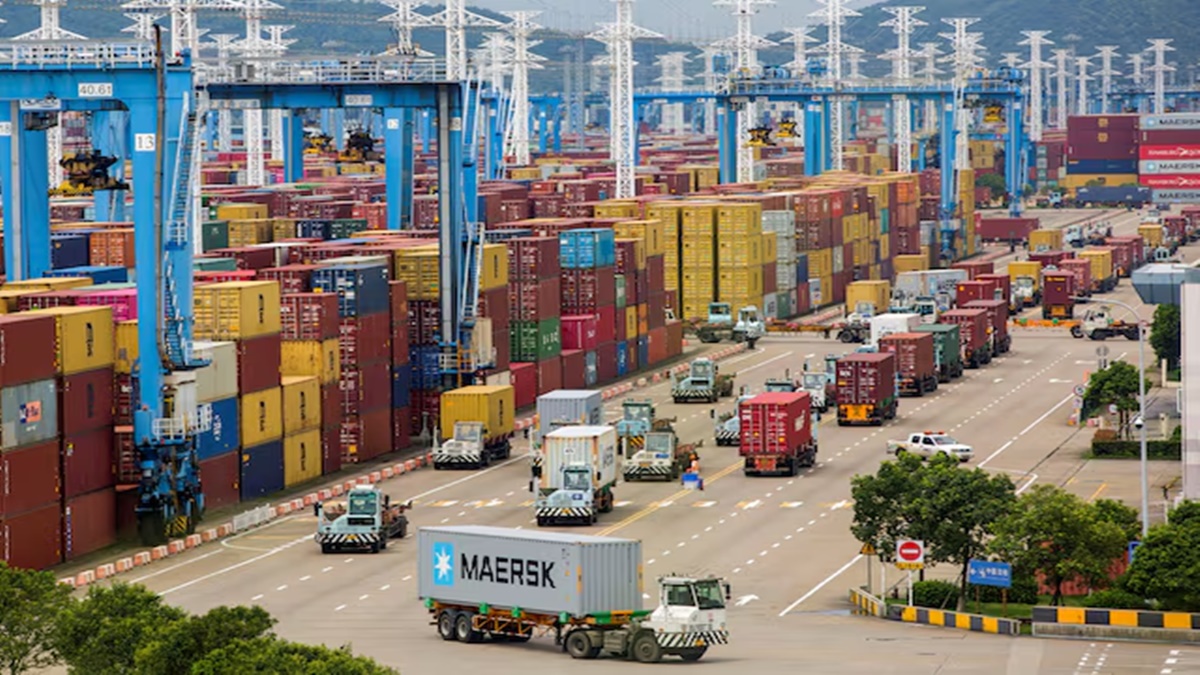By Amitendu Palit
Two trade deals were announced last week that involved the United Kingdom (UK). The first of these was with India and the second with the US. Both deals signal heightened, but unsynchronised, trade policy activity set off by US tariffs, which have accelerated the rush to secure slices of foreign markets on preferential terms.
Neither of the two deals are out as legal texts and a lot of fine-tuning remain for both. The US-UK agreement is much smaller in intent and scope. It is limited to announcements on specific tariff cuts. The US has been able to shake tariffs off for beef and ethanol exports, while the UK has got favourable tariff treatment for automobiles, steel, and aluminium. It’s interesting to see how the carrot and stick have been employed by the US in the deal: the baseline global reciprocal tariff of 10% announced by the US on April 2 will continue to apply for UK exports. However, steel and aluminium exports from the UK have been spared the additional generic tariffs imposed under Section 232 on economic security grounds. A similar partial exemption has been offered to automobile exports from the UK, which, while drawing 10% reciprocal tariffs, will nonetheless be spared another generic foreign vehicle tariff of 25%, for 100,000 cars each year. Thus, the US has used reciprocal and generic tariffs to offer selective market access — an approach it is no doubt going to employ in all ongoing negotiations.
The UK-India deal has been far more substantial. Significant market access proposals are expected, most of them from India, which had much higher tariff barriers on the UK’s key exports, such as whisky and cars. India’s key takeaway has been in being able to waive off the requirement of its short-term professionals making mandatory social security contributions while working in the UK. It will be interesting to see how far India goes in allowing UK businesses a level playing field in its government procurement market as well as for admitting UK professionals in its tightly guarded domestic service markets, such as legal and accounting services.
A study of the two deals provides some insights on how major global actors are approaching their trade relations. The US is predominantly focused on tariffs till now. Its trade deals are essentially tariff chopping lists, pretty similar to the agreement that was hammered out with China during Trump 1.0. It’s carrot and stick strategy is premised on the great pull of its domestic market, which it is offering in bits and pieces at different rates to different partners, by pulling out various rates from the elaborate list of tariffs it has drawn up. While for the UK it has negotiated across this menu, for other partners the toss-up might be between lower tariffs and any kind of domestic concessions deemed significant.
The UK has moved remarkably fast on both deals. The swiftness might betray a touch of desperation for securing better access for its goods and services in big global markets at a time when its domestic growth prospects are noticeably dull. The concession it has got from the US on steel exports would have been driven by the economic distress of British Steel, while that for automobiles has been precipitated by the hardships of Jaguar Land Rover and Rolls-Royce. With respect to the deal with India on the other hand, cars and Scotch whisky have been its biggest gains on tariffs. By what extent the lower tariffs, albeit phased, will translate into real export gains is a matter of speculation, especially since the Scotch might face stiff competition from Kentucky bourbon in the Indian market following India’s deal with the US.
India has described its deal with UK deal as the gold standard and a template for its future engagements. Several measures likely to feature in the deal will be policies that India has been fending off for long — both on tariffs and domestic market regulations. Concessions in agricultural tariffs, government procurement contracts, and aligning qualifications among domestic and foreign professionals are policies that are likely to feature in its upcoming trade deal with the US too. In this respect, India has probably taken the deal with the UK as a blueprint and launch pad for bringing in long-term changes. Indeed, some features of the India-UK free trade agreement should overlap in its deal with the European Union too, especially on digital trade, competition policy, labour, and environment.
Looked at from a distance, the three major global economies — the US, India, and the UK — demonstrate interesting trade strategies. While apparently contrasting, they are driven by the common and overarching goal of securing as much preferential access as possible in key global markets. The US tariffs have set off a complex web of reactions where most countries, while talking to the US, are talking as much with each other for “booking” chunks of external markets at good prices (that is tariffs and other concessions). The competition to “book” markets will increase as countries realise the non-negotiable value of securing big parts of global markets in a world where external trade is an indispensable tool for strategic negotiations, and domestic market spaces are up for sale. It will be interesting to see how the game of booking market space plays out, and who the winners are, especially if the context for global trade gets shaped by a functioning understanding between the US and China.
The writer is senior research fellow and research lead (trade and economics), Institute of South Asian Studies, National University of Singapore.
Disclaimer: Views expressed are personal and do not reflect the official position or policy of FinancialExpress.com. Reproducing this content without permission is prohibited.

